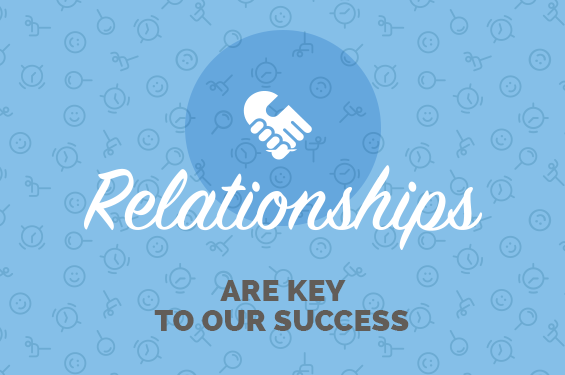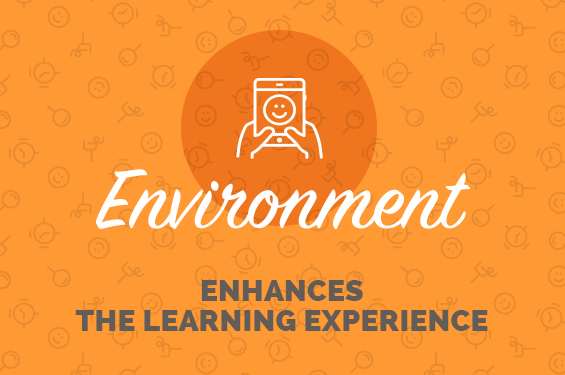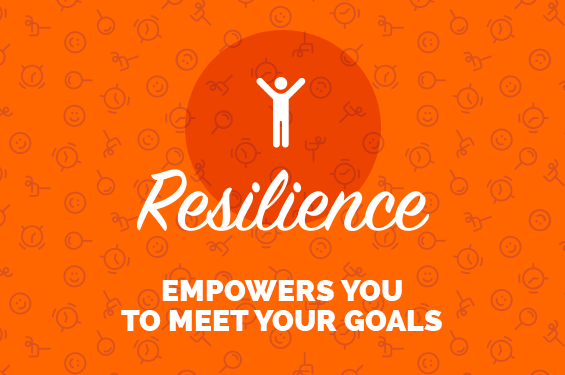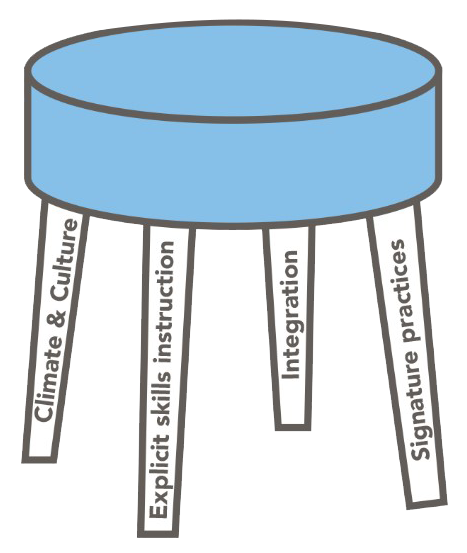Our WHY: The Guiding Principles

Caring, supportive, and respectful relationships are essential.

Innovative learning experiences in welcoming, safe, and supportive environments facilitate collaboration, inclusivity, and learning.

Learning is a personal journey that involves reflection, perseverance, and ongoing improvement.

A culture of empowerment, voice, and critical thinking encourages everyone to learn with and from each other.
Our WHAT: The Core Competencies
The HOW: The Four-Legged Stool & Signature Practices

The Four-Legged Stool
The Four Legged Stool is an SEL Dallas innovation on the Three Legged Stool analogy developed by CASEL (the Collaborative for Academic, Social, and Emotional Learning).
We added the fourth leg of Signature Practices to create greater knowledge around Signature Practices.
Climate & Culture
What: Welcoming, safe and supportive environments to foster learning and professional growth.
Why: A positive school climate and culture sets the tone for youth and adults and are the foundation for modeling and practicing SEL.
How: Examples include adults modeling and practicing SEL skills, referring to adults and students by their name, etc.
Explicit Skills Instruction
What: Teaching the five SEL competencies (Self Awareness, Self Management, Social Awareness, Relationship Skills and Responsible Decision Making) through a selected curricular program.
Why: Explicit naming, teaching and supporting SEL skills help students deliver SEL skill acquisition.
How: Utilize the Sanford Harmony curriculum to lead 45 minutes per week of explicity SEL instruction.
Integration
What: Infuse the teaching of SEL skills and competencies with established content delivery.
Why: Provides context and reinforcement of lessons taught during explicit instruction; brings relevance to skill acquisition.
How: Examples include a writing prompt that asks students to explore the values of friendship, or writing/acting out a skit that explores bullying and understanding differences in people.
Signature Practices
What: The norms and routines that reinforce the acquisition of the five SEL competencies, and are used in classrooms, staff meetings and common spaces such as cafeterias and hallways.
Why: Provides constructive opportunities for adults and students to practice their explicit SEL skills.
How: There are 3 categories of Signature Practices:
- Welcoming Activity (examples: icebreakers, morning meetings)
- Engaging Practices (examples: brain breaks, mindfulness, opportunities for student collaboration)
- Optimistic Closing (examples: “Something I learned”)






